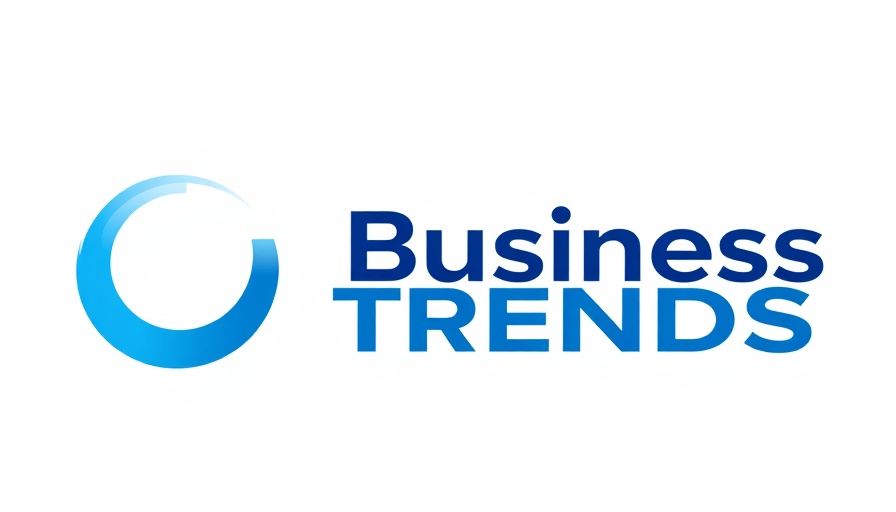
Wix and Printful: A Game-Changer for Entrepreneurs
Wix has announced an exciting integration with Printful, a leading print-on-demand provider, making it easier than ever for small business owners to create and sell custom merchandise. This partnership allows entrepreneurs to launch their branded product lines directly within the Wix platform, eliminating the complexities of inventory management and fulfillment.
Unlocking New Revenue Streams
The print-on-demand industry is booming, projected to reach $45.6 billion by 2031, with a remarkable compound annual growth rate (CAGR) of 25.3%. This integration opens a wealth of new revenue opportunities for business owners who can now design high-quality products without the overhead costs traditionally associated with manufacturing.
Simplifying Operations: A Unique Solution for Modern Entrepreneurs
Jill Sherman, Head of Suppliers Hub at Wix, emphasizes that this collaboration offers versatility for all types of businesses—whether you're running a yoga studio, a bakery, or an online shop. Users can create personalized products tailored to their brand, tapping into Printful's fulfillment network, which allows for individual orders to be processed without upfront inventory costs.
Sustainability at the Forefront
In an era where sustainable practices are critical, this integration stands out by minimizing waste. Each product is made on-demand, which not only reduces excess production and storage needs but also lowers the carbon footprint. Printful's localized fulfillment centers ensure faster shipping and lower shipping costs, which can be a crucial factor for environmentally conscious consumers.
A User-Friendly Experience for Differing Languages
Currently available in English, there are plans for expansion into additional languages soon, helping a wider range of users tap into this opportunity. This adaptability will enable even more small business owners across the globe to access the tools they need for success.
Conclusion: An Invitation to Innovate
The Wix and Printful integration is not just a technological advancement; it’s an open invitation for creators and business owners to harness their creativity and connect with their audiences through unique, branded merchandise. If you’re a business owner looking to explore new revenue channels with minimal upfront investment, consider diving into this integration and discover how it can revolutionize your brand.
 Add Row
Add Row  Add
Add 



Write A Comment